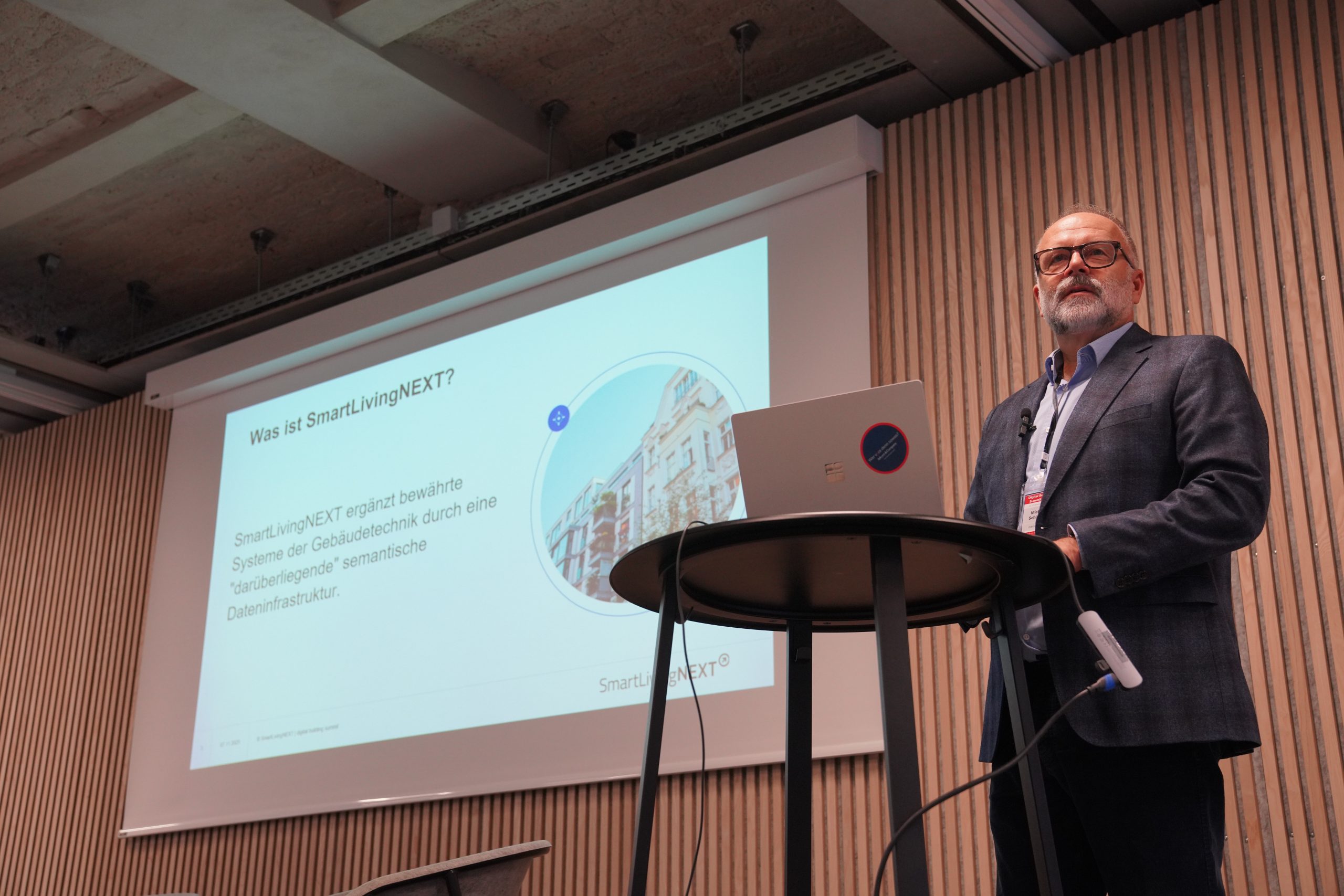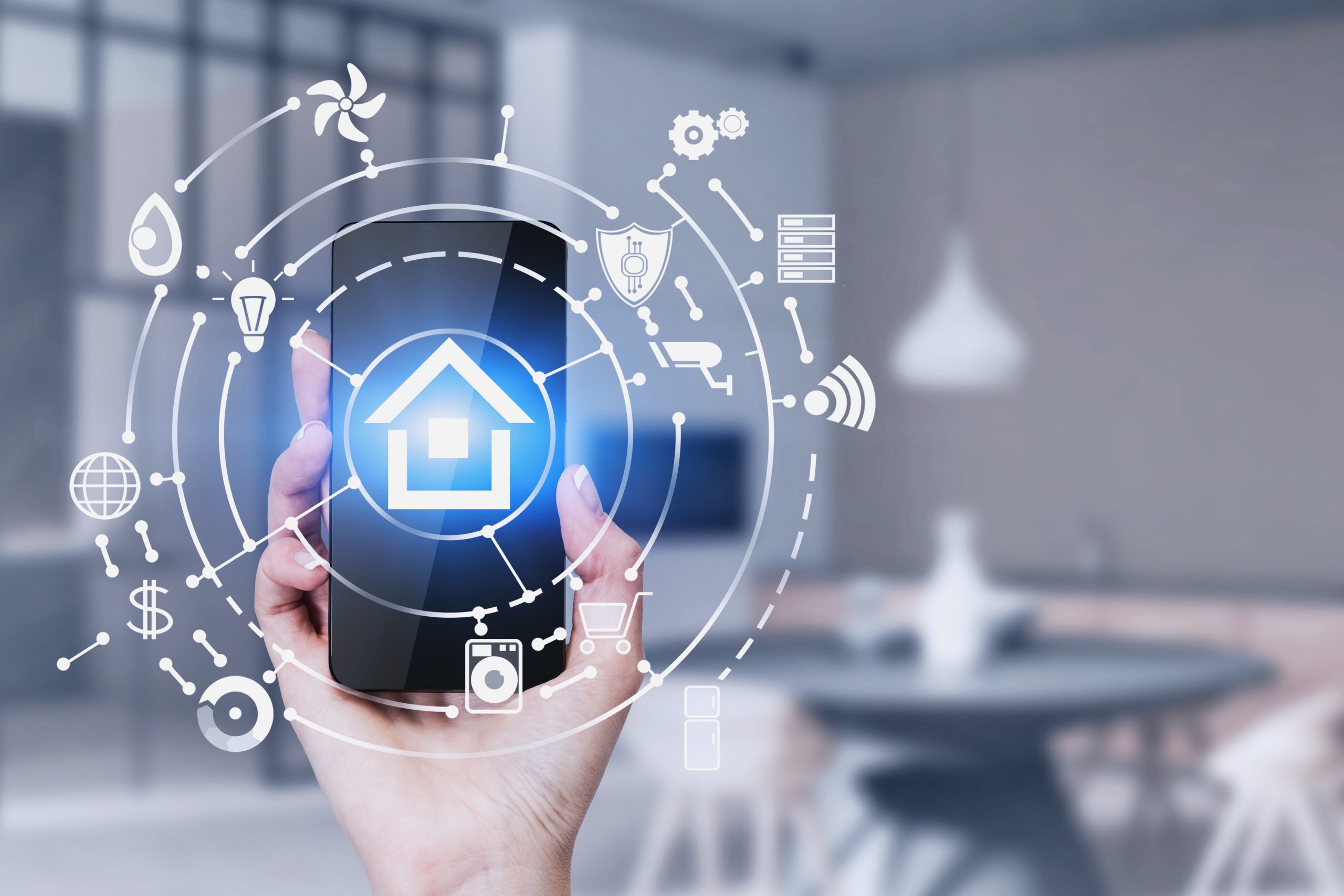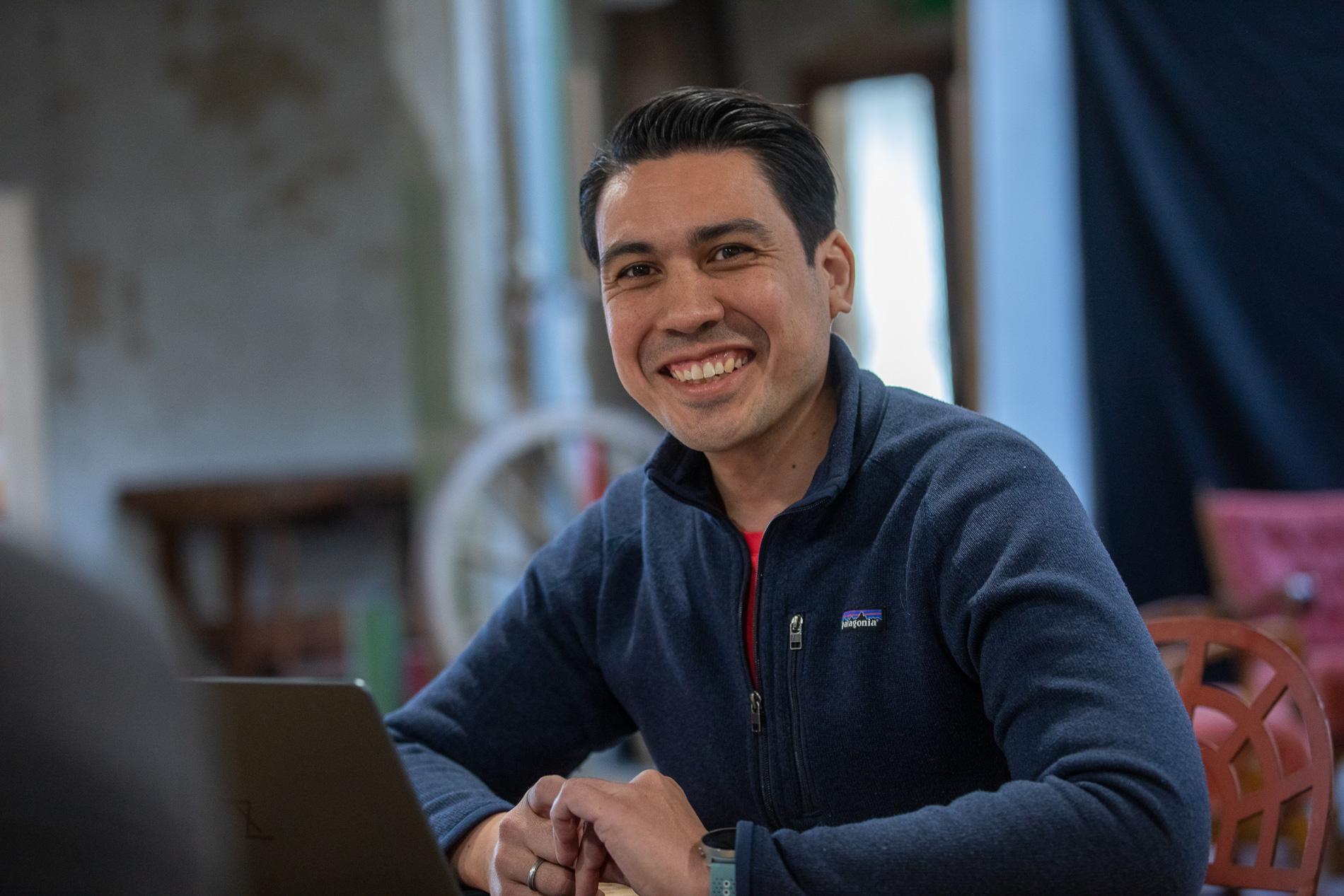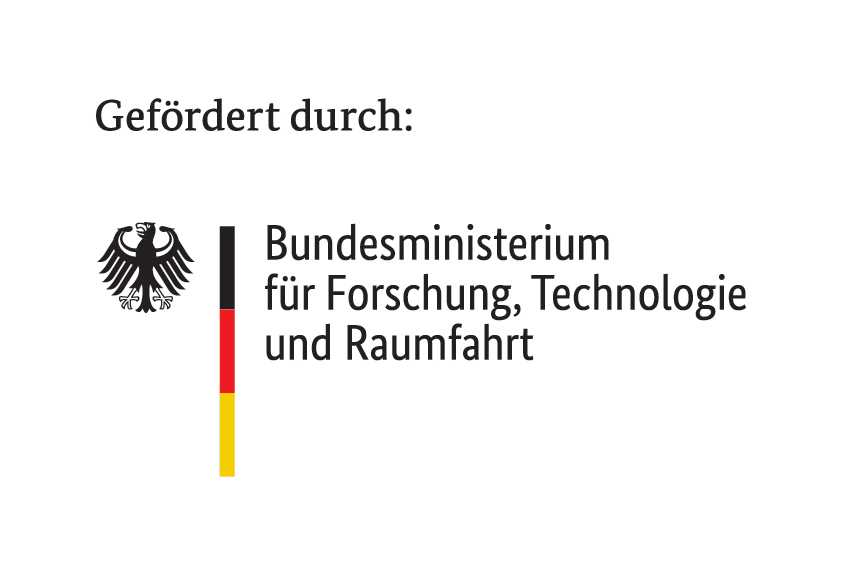Technological breakthrough: SmartLivingNEXT develops two new pilot solutions for sovereign data exchange.
14. October 2025
5 minutes
At the end of the third quarter of 2025, the research project achieves a technological breakthrough: consortium partner Materna presents a 360° view of the SmartLivingNEXT ecosystem based on the technical Dataspace Blueprint. This makes it possible to experience onboarding, the data catalog and sovereign data exchange.
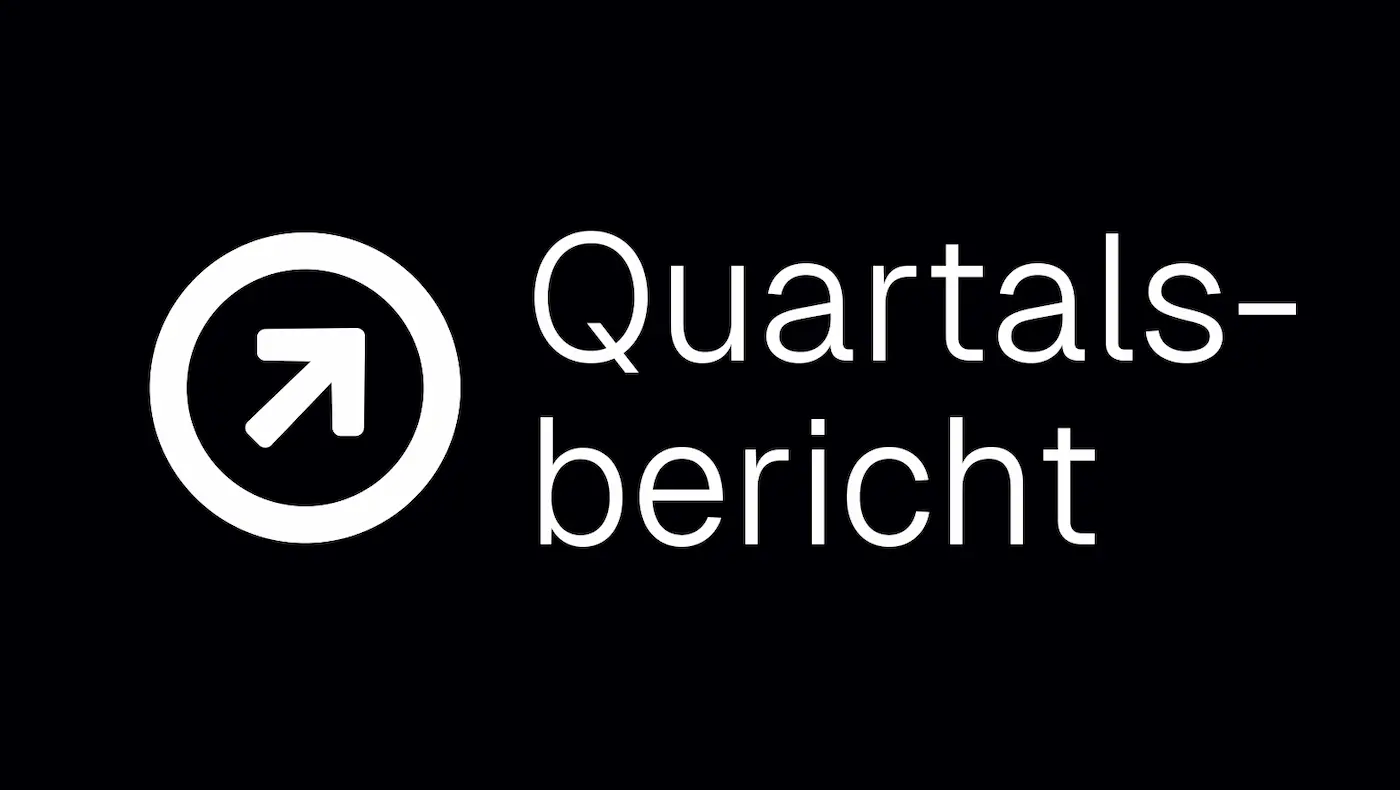
The development of two new pilot solutions by consortium partner Materna played a central role in the third quarter: the data room portal (DRP) and the catalog demonstrator of the energy efficiency data portal (EEDP). The data room portal focuses on functions such as onboarding new participants, setting up data offerings and managing policies and contracts. The DRP makes administration much easier and minimizes operating errors. It guides the user organization through the implemented workflows with the help of forms and provides explanatory help texts to assist with these workflows. Within the SmartlivingNEXT ecosystem, the DRP forms a user interface for the administration of both the user’s own organization (e.g. company, association) and the data and services offered by this organization. It is part of the SmartLivingNEXT blueprint and is therefore available to all participating organizations.
The EEDP catalog demonstrator illustrates how data from different sources can be bundled and made available in a structured manner. The demonstrator can be used to explain how data from the SmartLivingNEXT Dataspace can be transferred into viable use cases using data from public bodies. In the first development phase, the catalog integrates open data sources. The catalog demonstrator is used to show the cataloging of metadata from initially public data sources in an exemplary and visual way. This is a central component in the data ecosystem.
Both prototypes complement each other in their functionality and can be further developed in parallel. Their combination enables a comprehensive demonstration of the technical and functional possibilities. In the future, it is conceivable that both systems will be transferred to a joint solution.
AI in everyday life: language models put to the test
In the field of Artificial Intelligence (AI) and semantics, the SmartLivingNEXT flagship project by the German Research Center for Artificial Intelligence (DFKI) has investigated how large language models (LLMs) can be integrated into the SynTiSeD framework. The aim is to better understand everyday patterns in households. Initial tests with sample data show: The models recognize typical daily routines surprisingly well and deliver very good results without requiring a lot of input data. This work will now be continued.
In addition to language models, other AI processes have also been integrated. In future, models can be automatically retrained if the data situation changes. Forecasts, for example on electricity consumption or solar power generation, can thus be calculated more accurately and used for planning. The technical basis is also evolving: the system has been optimized so that AI models can be provided reliably. A particular focus is on the ClearML platform, which covers the entire process from training to deployment. This means that AI models could also run directly on small household devices in the future.
At the same time, work is underway to make services such as intelligent assistants or search functions usable via the data space. Step by step, an ecosystem is growing in which AI-supported applications can make everyday life in smart living easier and more efficient.
Transparency in energy consumption
In the area of energy heating, hot water and electricity, the SmartLivingNEXT flagship project by Stadtwerke Saarbrücken has further developed the SmartLivingNEXT app into an important tool for transparency in energy consumption. A new feature is the visualization of heat consumption: in future, users will be able to switch between different measuring points and keep an even closer eye on their consumption. Initial concepts for comprehensible onboarding and user-friendly consent management have also been developed. In addition to displaying current consumption, the app now also shows forecasts. Contract and meter data can be managed and initial test versions have been made available for iOS and Android. At the same time, work is underway in the background on new services, for example to analyze standby consumption or for consumption information during the year.
SmartLivingNEXT community is growing steadily
Four new associated partners were added to the SmartLivingNEXT flagship project in the third quarter of 2025: AUTERAS, Carechamp GmbH (Linz/Austria), Element Materials Technology Straubing GmbH and Wirtschaftsinitiative Smart Living e.V. (WISL). This means that the flagship project currently consists of eight consortium partners and 49 associated partners.
Listen to the article (in German):
Editorial office:
Ilka
Klein
Category:
Flagship project
